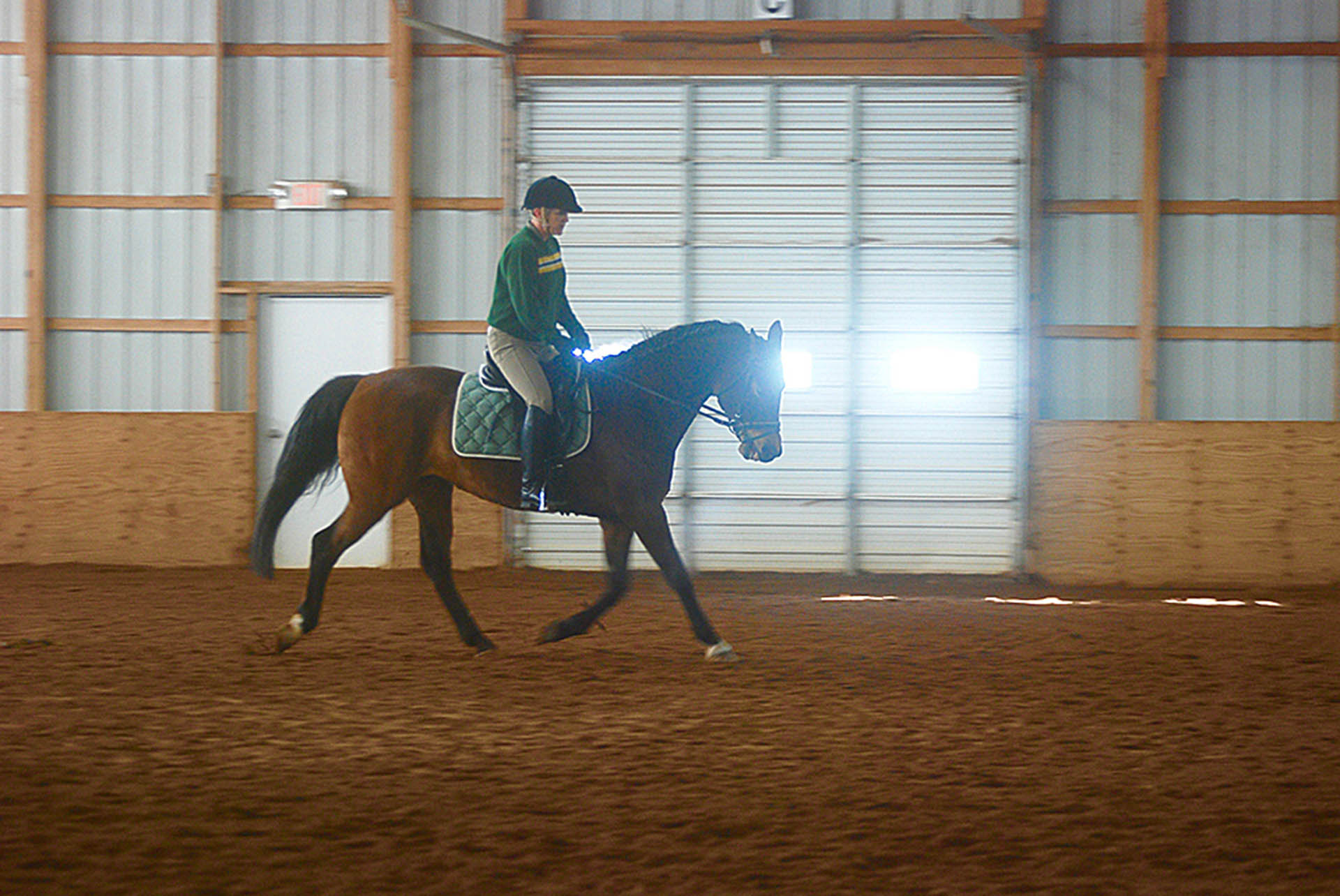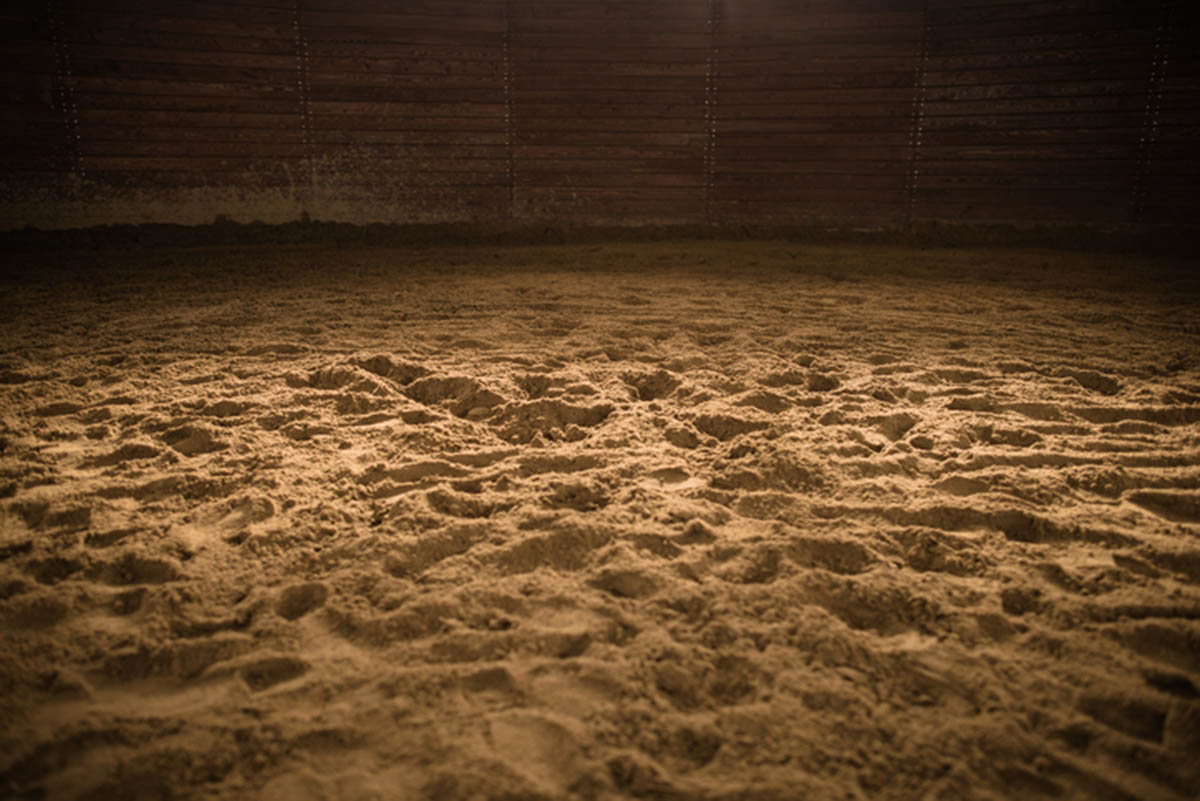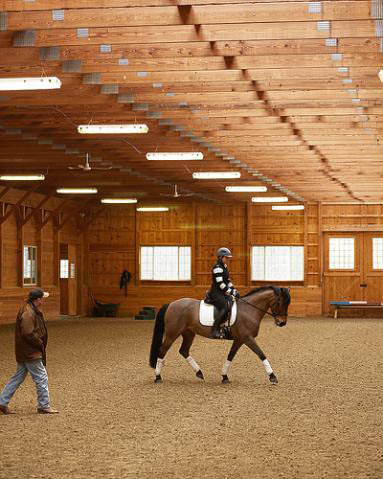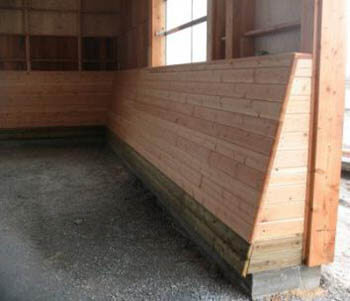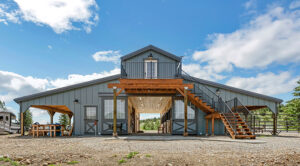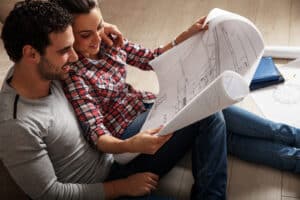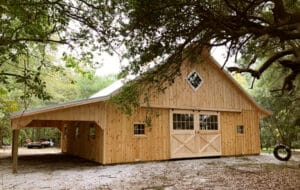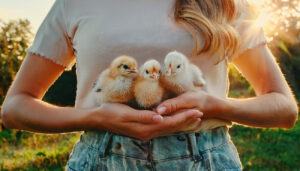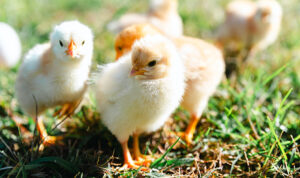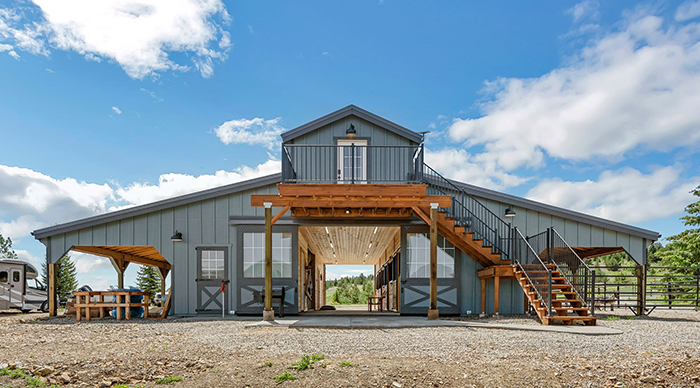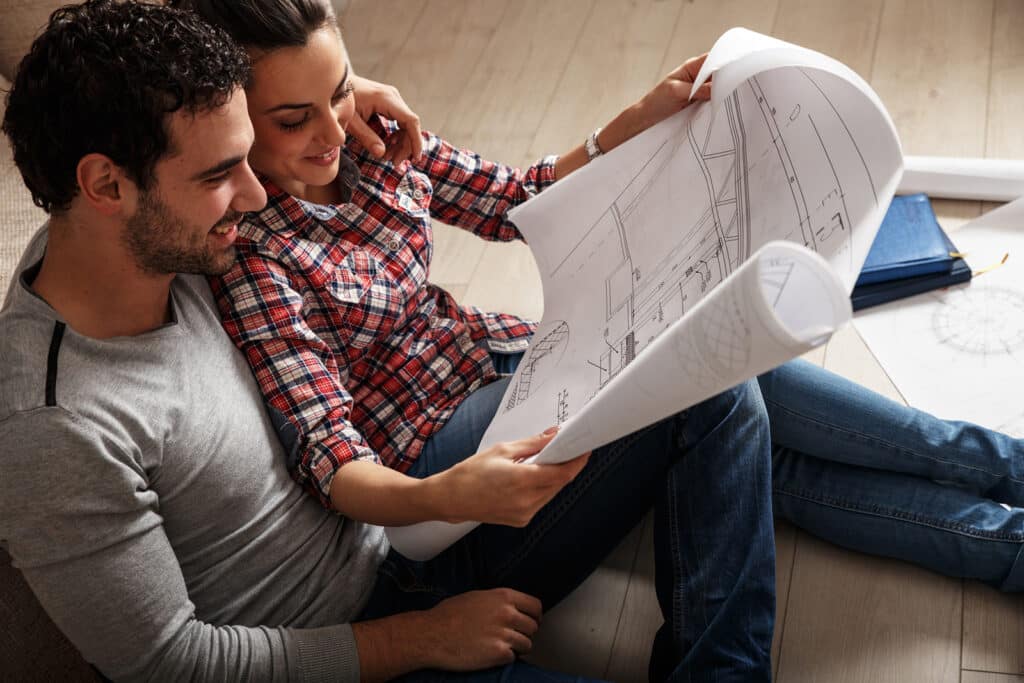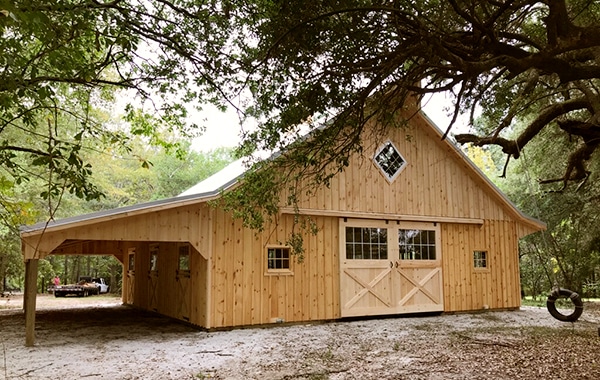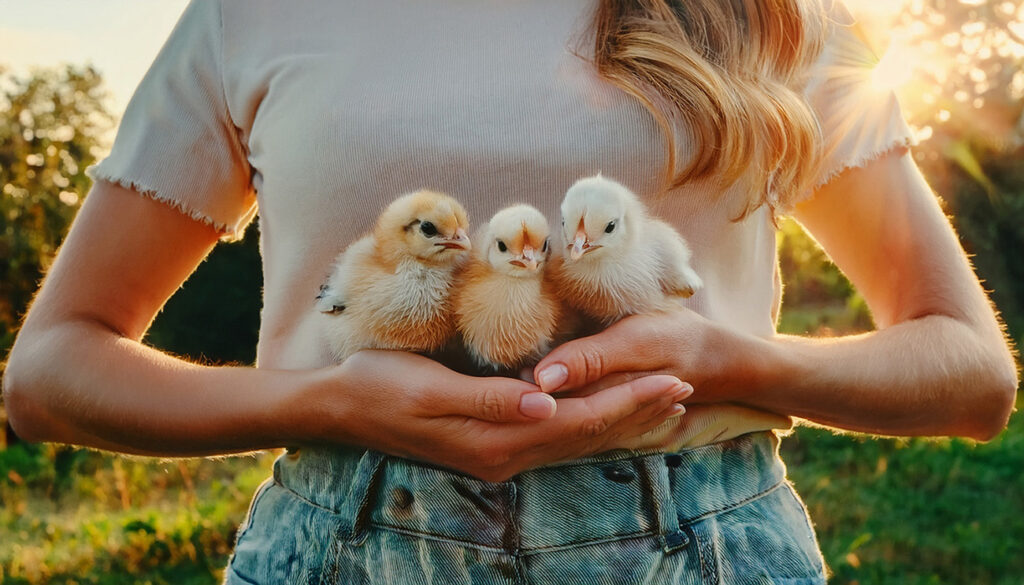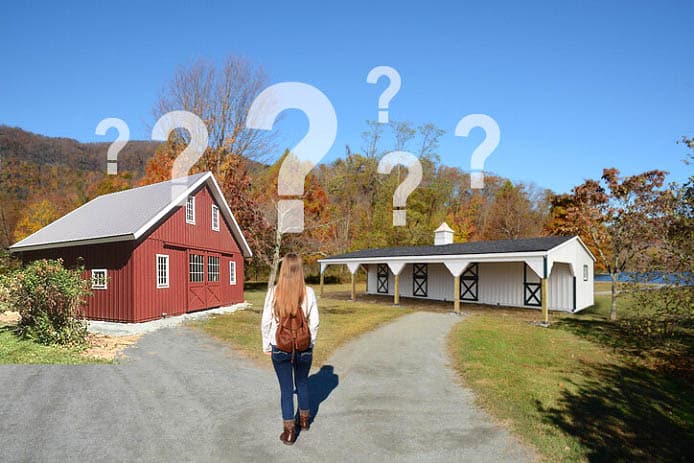There are many safety factors that can easily be overlooked when building an indoor arena and it is important to take the time to plan and consider both present and future needs and of paramount importance in those considerations should be horse and rider safety.
Be Clear About Clear Span
The geography of the U.S.A. offers diverse weather patterns, precipitation and temperature challenges. In particular, the structure of the trusses should be considered to avoid the risk of roof failure due to high snowfall or high winds.
Support for the roof should not come from pillars within the arena space as these provide a collision danger for both horse and rider.
If you have ridden in horse events at Madison Square Garden, New York, then you know first-hand, the difficulty of completing a warm up in the collection area. The pillars are everywhere and the space confined.
Do not allow an inexperienced builder talk you into any pillar supports being placed within the riding space. With glue-lam construction there are always opportunities to keep the space clear span. At Horizon Structures we offer a variety of indoor sizes and provide our customers with plans and deliver on horse arena construction that meets or exceeds local zoning/building code for snow load.
If you choose to add insulation to protect the indoor riding arena from condensation and cold temperatures, we will also ensure that the added weight of insulation under the roof is taken into account in their stamped and approved engineered plans. If you live in a high-risk area for hurricanes and wind damage Horizon Structures also ensures that the roof is properly constructed and tied down to meet or exceed local building code requirements.
Height and Width Matters
Think about the future needs of yourself and also what potential purchasers of your property down the road might love. For example, you may be a dressage rider and not require the additional height to the trusses for rider safety that a jumper rider will need.
Height requirements also matter when you are having new footing delivered, pulling in hay wagons from the rain or storing other items in the building such as hay or equipment. A taller building will also provide more room for a viewing room.
Jumpers need turning room to complete a jumping course, and the best advice for the right size of indoor riding arena is readily available from our Senior Project manager, Mike Rinier.
Door Placement
With a big building you can expect big doors. These giant sliding beasts can become a safety hazard when left open or unlatched during high winds. When you try and pull these doors open on gusty days you also put yourself at risk, as the huge doors create a perfect sail in the right conditions. Place your doors in the gable end of the building and away from prevailing winds for additional safety. Doors should always be either latched closed or latched fully open for safety.
Exit Placement
If you have any intention of renting or utilizing the indoor arena for public events or commercial use it is imperative you have an exit door of some sort on each wall. Building code will require it in most States, and it is a smart move to have fire exit doors that open from the inside of the building on each side. A lighted exit sign above each will also be quick and easy to implement at time of the horse arena’s construction. While the doors may be human sized, in an emergency a horse can easily be led out of these exits.
Fire Safety
It should go without saying that fire extinguishers should be present in all buildings and kept current on inspection/maintenance.
In addition to the exit placement mentioned above, it is wise to consider adding a sprinkler system to your building. Not only can this save lives in the event of a fire, particularly if horses or humans live adjacent to the indoor riding arena structure, it also adds horse safety in the form of footing maintenance.
Footing
Whatever footing you choose, you need to consider how you will keep it optimum, based on the manufacturer’s instructions, to benefit your horse’s soundness. Footing that is too dry or too wet can produce a hazard for your horse to slip and slide. Good footing that is properly maintained adds to soundness of the horse and maximizes longevity of the footing.
A dusty arena is also a hazard to both the horse and rider’s lung health. As a clinician/coach and trainer of horses from youngsters through the top levels of the sport, both horse and rider must be treated as the athletes they are, and dusty footing is more than just a supreme annoyance. Always protect the respiratory system.
While you can add harsh chemicals to the footing material to encourage water retention and release, a sprinkler system is an excellent method of providing water to the arena footing. Certain additives can be toxic to the horse if ingested, so be careful to pick feet before returning your horse to the stall and never use them in areas where you store hay.
Lighting
Lighting is important for safety of both horse and rider. The lighting should be adequate to avoid shadows on the walls and the lighting grid should be placed to avoid glare or uneven coverage. Shadows may spook horses and cause a fall, and at best may cause tension in the horse. Uneven light coverage may cause the same problem.
Natural light will save on energy costs. If you want expert advice on lighting (or heating) your indoor arena, consult with your local energy company. Often they will offer grants and discounts on lighting products and be able to advise you on layout design and fixtures during the horse arena’s construction. Always house all electric wires in a conduit, to protect from weather and vermin and be certain all fixtures used are rated for outside use.
Airflow
Good ventilation is important for the health of both horse and rider. The arena footing may be perfectly tended to avoid dust, but in hot weather the sides and roof of a tin building will radiate heat. Doors that can be opened wide to allow breezes through the building on a hot summer day, or open walls on one side of the building, may be beneficial to mitigate the swelter and sizzle of summer. However, ensure that exits are secured with a safe barrier to prevent those horse ‘escapees’, especially when working green horses or beginner riders.
Cupolas, extraction fans and air systems can be added to aid in airflow. Leaving the eaves of the building open will also add airflow if there is no dropped ceiling in the structure. However, do not leave the eaves open without some form of wire protection or you will find the bird population is happy to take up residence. This adds not just an annoyance with their noise, but also another hazard for the rider on a spooky or sensitive horse, whose horse may become alarmed by birds flying around during their training sessions.
Horizon Structures offers lots of different designs for your weathervane to accent your building with your personal style on top of the cupolas, along with electrical packages and a variety of design options to improve airflow and provide insulation.
The Leg-Up on Leg Protection
An angled sidewall to the rider height is a good idea on the inside walls of the arena to protect both horse and rider from damage during errant moments. The angled wall will not just protect the rider’s knee from collision damage, but it also protects the horse from hitting his shoulder/face/legs on the sidewall.
Additionally, it provides a layer of protection for the horse should he kick out and inadvertently puncture the side of the building with his hoof. The damages from this type injury are often career or even life ending.
It is important that the base of the wall is secured with at least a two by four-inch piece of lumber running along the base, otherwise the sheathing will simply curve in over time with the pressure of the footing. Ensure the sheathing is of sufficient strength to avoid puncturing in the event of impact and to avoid high maintenance due to repetitive damage.
In my many years as a dressage clinician I have been hosted at a variety of horse farms and their indoor riding arenas vary considerably.
For many of us, it is not easy to afford an indoor arena in the first place. Always look for an experienced company to trust with your indoor horse arena construction that offers experts that will answer all your questions and offer guidance in your decisions as and when needed. It is always cheaper and easier to figure out what barn safety and structure features you need at the planning stage than to make work change orders later. Most companies will do what they can to work within a budget and many will offer financing for part of the sum. Do not be afraid to ask.


